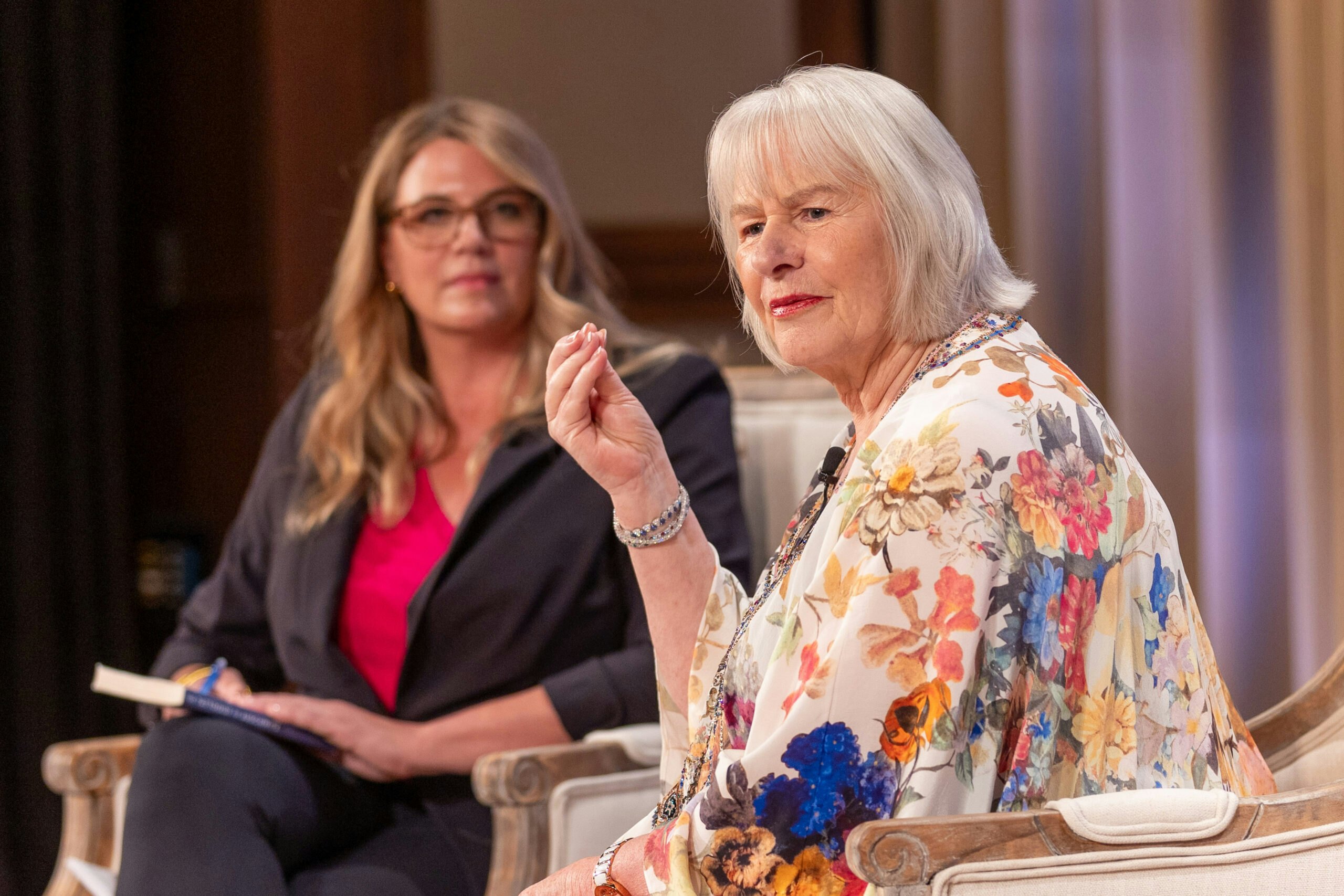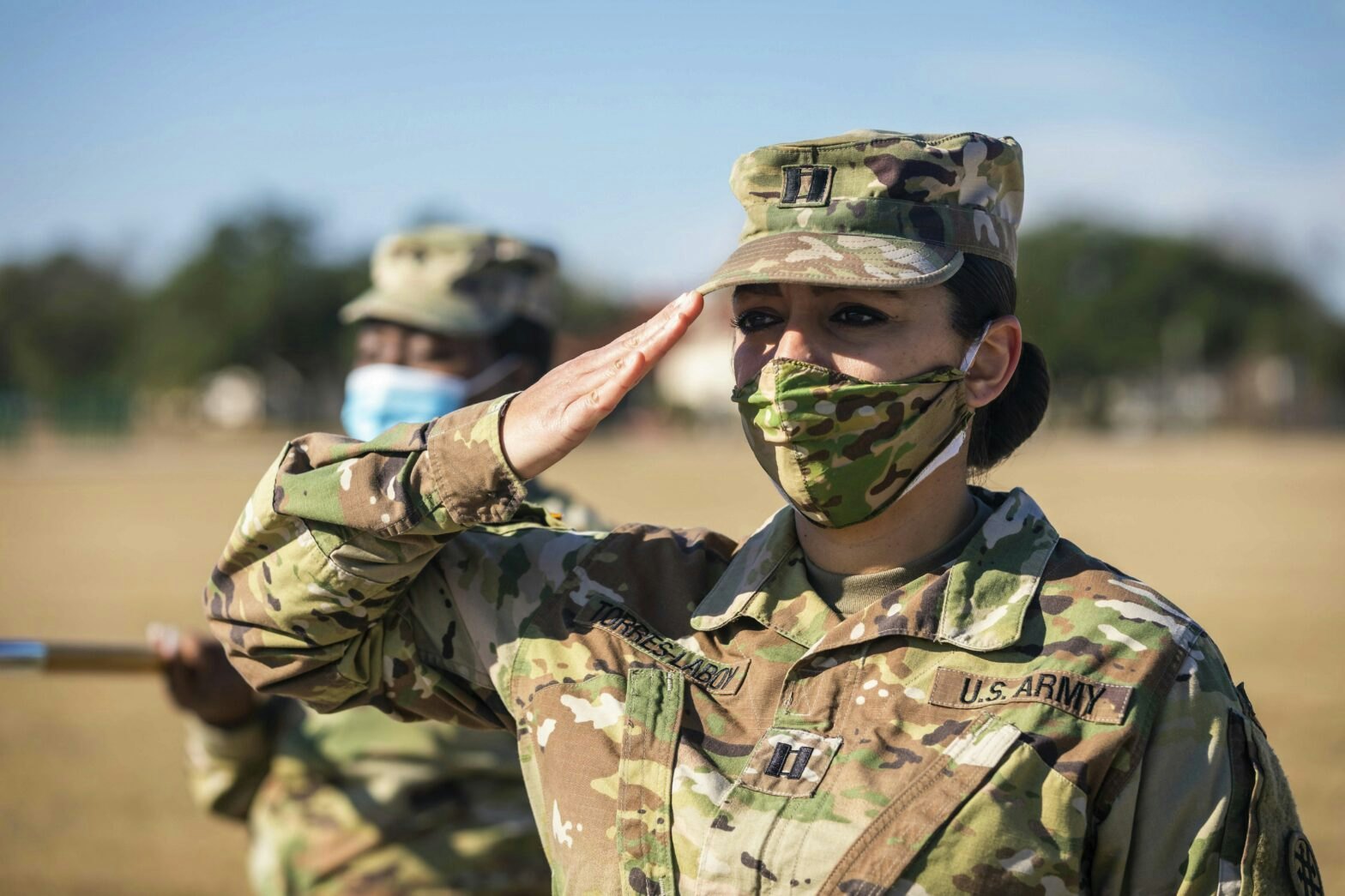Unfortunately, not all mental health care available in America today meets these criteria. Eliminating gaps between what is typically available and that which meets standards for high quality will almost certainly improve health outcomes.
This week, the Bush Center will host its 6th annual W100K, a 100-kilometer mountain bike ride for seriously wounded or injured post-9/11 veterans and military personnel. This event spotlights the effectiveness of sport in helping our service men and women recover from their visible and invisible wounds.
Today we hear from Terri Tanielian, a Senior Behavioral Scientist at the nonprofit RAND Corporation and a Senior Fellow at the Military Service Initiative, George W. Bush Institute, who writes about her research into the “invisible wounds of war.”
As a researcher and policy analyst at RAND, my work focuses on understanding the health issues that emerge after service men and women deploy and identifying solutions. That means I am studying those still in uniform as well as veterans and the families of those who serve. I have conducted surveys of veterans, providers and informal caregivers across the United States and reviewed the landscape of programs, policies and services currently available at the Department of Defense, Veterans Affairs, and the public and private sectors to care for these men and women.
Most of this work has looked specifically at mental health issues such as posttraumatic stress disorder, and depression and traumatic brain injury—conditions that have been labeled the “invisible wounds of war.” When I started this work in the early 2000s, most Americans knew little about these types of war-related injuries and many policymakers underestimated their existence. Although the Greek tragedies provide historical evidence that these conditions have been around for thousands of years, PTSD wasn’t even recognized by American psychiatrists until 1980.
Thanks in large part to the mainstream media, today—36 years after the diagnosis was officially recognized and 15 years after 9/11—most Americans have heard of PTSD and traumatic brain injury. But surveys show that the public overestimates how common these conditions are among service members and veterans, misjudge their consequences, and fail to understand the nuances associated with addressing them.
Research over the past decade has helped the nation understand the true size, scope and consequences of the invisible wounds of war. Research has also shed light on the significant barriers that prevent them from being addressed. These barriers exist at the individual, organizational and societal levels, and create both obstacles and consequences for service members, veterans and families who would almost certainly benefit from services. The group of non-military, non-veteran civilians surveyed said they believe that the “warrior ethos” or a “concern about what others might think” prevents these men and women from getting help. While these concerns exist, many veterans have said they do not seek care because they fear it will harm their career or that it won’t be effective.
Given what we know about these barriers as well as the promise of recovery, my studies often focus on how service members, veterans and families can be provided with better access to high quality mental health care. What do I mean by “high-quality care”? My colleagues and I use the framework provided by what is now known as the National Academy of Medicine, which established high-quality care as care that is:
- Safe – the expected benefit is higher than the expected risk;
- Effective – there is solid evidence (based on the best available evidence and expert consensus) that the care will facilitate recovery;
- Patient-centered – the values and preferences of the patient are respected in decision making;
- Timely – harmful delays are avoided;
- Efficient – waste is avoided;
- Equitable – care does not differ based on gender, ethnicity, location or other similar factors.
Unfortunately, not all mental health care available in America today meets these criteria. Eliminating gaps between what is typically available and that which meets standards for high quality will almost certainly improve health outcomes. At present, too few of the veterans who experience the invisible wounds of war get the help they need and even fewer get the right care. Closing these gaps will require raising awareness about the problems and barriers to care, and changing the way the mental health care system is organized and delivers services. Over the past few years, some exciting developments have occurred:
- Technology is being used to better engage service members, veterans and their families in high-quality care (through such breakthroughs as tele-health access to providers and app-based therapeutic tools to complement traditional therapy.)
- Health care providers are being educated, equipped and motivated in the public and private sector to deliver therapies that have been proven effective.
- Biomarkers are being investigated that should enable better diagnostics and therapeutic targets, particularly for traumatic brain injury.
- Mental health providers have been embedded in primary care settings to ease the barriers to specialty care.
- Non-traditional therapeutic approaches such as acupuncture and mindfulness have been shown to be effective and are being more widely adopted.
All of these approaches hold great promise and should enhance the ability to treat the invisible wounds of war. But there is still work to be done to make sure that barriers to care are broken down for all service members, veterans and their families struggling with these injuries. Civilians need to recognize that the country’s veterans are not broken. In fact, the majority have returned from war without injury and transition to civilian life successfully. But those who were injured and are still struggling need to be reminded that they are not alone. Their injuries are real and are treatable. These men and women should receive the best care available, whether they access it while in the military, as part of the VA system or in the private sector.
If you are a veteran or the loved one of a veteran, help is available. To learn more about the high quality care available and where to find a provider, visit maketheconnection.net.























